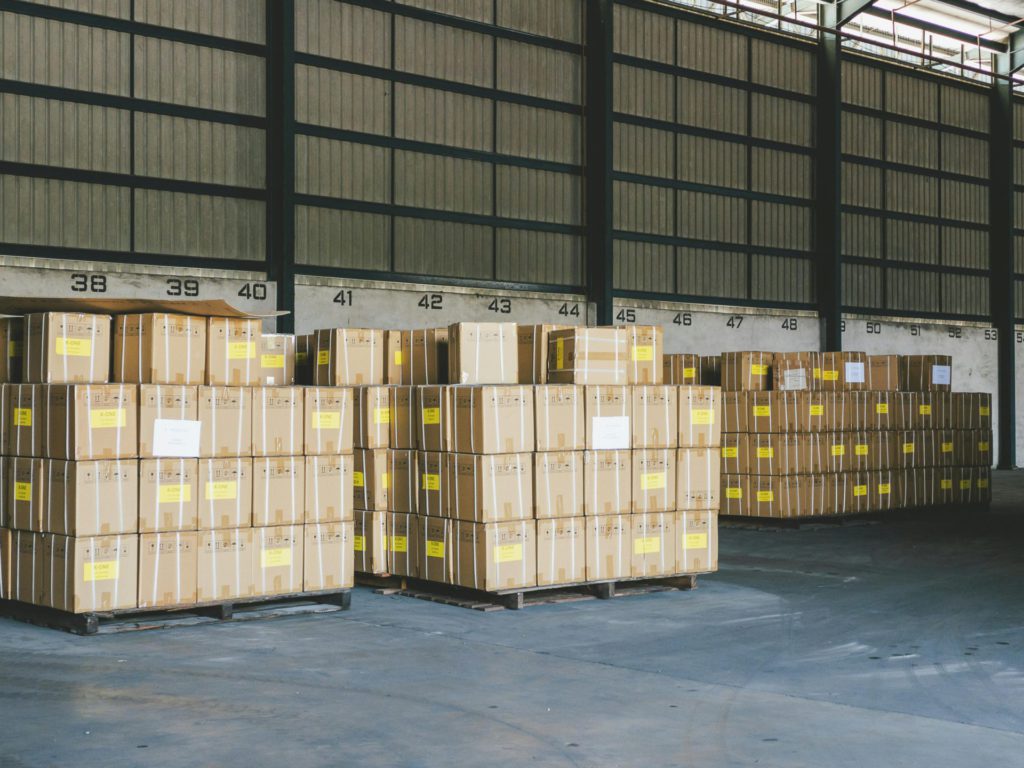September 29, 2025
The Strategic Imperative: Consolidating Freight for a Resilient Supply Chain
For logistics managers in 3PLs, 4PLs, warehouses, distributors, and manufacturers, the challenge of high freight spend on small, frequent shipments is a persistent pain point. The traditional approach of shipping every order as soon as it is ready, while seemingly efficient, often leads to a fragmented and costly supply chain. The solution is not to simply cut costs, but to build a more resilient and efficient operational model through the strategic implementation of freight and order consolidation.
This article explores how consolidating shipments, particularly in the land transport sector (trucking and rail), is not just a tactical decision for cost-cutting but a strategic imperative for future-proofing your supply chain.
The Core Concept:
Moving from Fragmentation to Optimisation
The principle behind freight and order consolidation is simple: combine multiple smaller shipments into a single, larger one to reduce costs and improve operational efficiency. This is distinct from a basic ‘add to cart’ function in e-commerce. A strategic approach involves a deeper look at the entire logistics network and how shipments can be bundled intelligently.
Practical Freight Consolidation Models
At the hub, they are sorted, consolidated into full truckloads or larger shipments destined for a common area, and then dispatched to their final destinations. This model is effective for businesses with a wide network of suppliers and customers, as it minimises the number of long-distance, less-than-truckload (LTL) trips.
Cross-Docking: This method is about speed.
Goods are delivered to a terminal or distribution centre where they are immediately unloaded and transferred directly onto waiting outbound trucks, with minimal or no storage time. It is a consolidation method that focuses on reducing warehousing costs and getting goods to the customer faster.
Multi-leg Consolidation: This method is about maximising.
This advanced strategy involves combining shipments that share a part of their route. For example, a truck might pick up shipments from several locations, deliver a portion of the load to a specific destination, and then continue on with the remaining goods to a different location, potentially picking up new freight along the way. This maximises vehicle capacity and reduces empty miles.
A Practical Implementation Roadmap
Adopting a consolidation strategy requires a structured, phased approach to ensure a smooth transition and measurable success.
Quantifiable Outcomes and Business Benefits
The strategic shift to consolidation offers significant, measurable benefits that extend far beyond simple cost reduction.
Cost Savings: Businesses can reduce freight spend by up to 20%
By combining multiple small shipments into a single, full truckload, businesses can achieve a reduction in freight spend by up to 20%. This is achieved through lower per-unit freight costs, reduced fuel consumption, and fewer administrative overheads associated with managing numerous individual shipments.
Efficiency Gains: Free up resources to focus on more strategic tasks
The centralised and streamlined nature of consolidated shipping leads to improved operational efficiency. Logistics teams can cut down on administrative time for tasks like carrier selection, booking, and documentation. This frees up resources to focus on more strategic tasks, improving overall productivity.
Improved Profitability: Create an agile and reliable supply chain
Beyond direct cost savings, consolidation enhances profitability by creating a more agile and reliable supply chain. This leads to higher customer satisfaction through more predictable and efficient deliveries. It also minimises the risk of delays and damage associated with frequent handling of smaller packages, strengthening your competitive advantage.
Order Consolidation for E-commerce: Beyond the Shopping Cart
A more sophisticated approach involves intelligent inventory management and restocking. For example, a business might strategically relocate inventory to different regional stores or distribution centres each week based on projected demand, effectively consolidating shipments to key areas before orders are even placed. This proactive strategy minimises long-distance parcel shipments and puts products closer to the customer, drastically reducing last-mile costs and delivery times.
Simple Order Consolidation: Group multiple items into a single shipment
This involves grouping multiple items from a single customer into one shipment. Platforms like FreightExchange allow for seamless multi-carrier booking, ensuring that all items are priced correctly and shipped together.
Advanced Inventory Consolidation: Drastically reduce last-mile costs and delivery times
A more sophisticated approach involves intelligent inventory management and restocking. For example, a business might strategically relocate inventory to different regional stores or distribution centres each week based on projected demand, effectively consolidating shipments to key areas before orders are even placed. This proactive strategy minimises long-distance parcel shipments and puts products closer to the customer, drastically reducing last-mile costs and delivery times.
The Role of Technology: FreightExchange's Advanced Features
Implementing consolidation at scale requires powerful technology. FreightExchange provides advanced features that automate and optimise the process. Through its APIs, a business can create quotes, book pickups, get labels, and track shipments, as detailed in the FreightExchange API documentation.
This automation streamlines the consolidation process, moving it from a complex manual task to a seamless, integrated part of your logistics workflow.


Addressing Challenges and Mitigation Strategies
Implementing consolidation is not without its challenges. Data integration can be complex, and there may be initial resistance from employees used to manual processes.
To mitigate this, invest in comprehensive employee training and communicate the long-term benefits clearly. The initial capital investment in technology is a consideration, but it is quickly offset by the significant and ongoing cost savings and efficiency gains.
A Forward-Looking Perspective
The future of logistics is not about moving more freight; it is about moving freight more intelligently. Strategic freight and order consolidation, supported by advanced logistics platforms like FreightExchange, will be a defining feature of the next generation of supply chains. It will enable organisations to pivot from a reactive, cost-driven model to a proactive, value-driven one, creating a more resilient, agile, and ultimately, profitable operation.
By adopting this strategic approach, logistics managers can transform a key operational challenge into a significant competitive advantage.